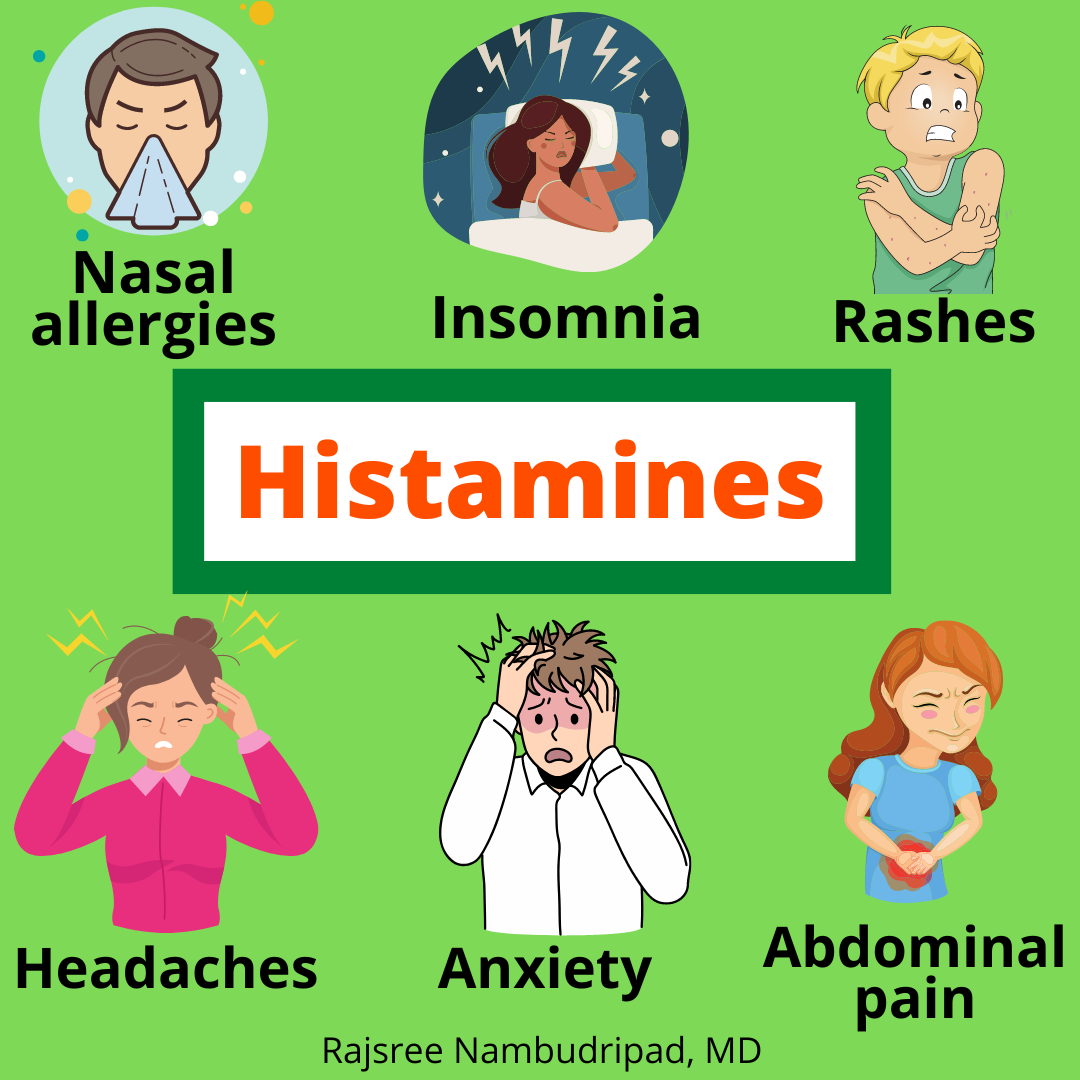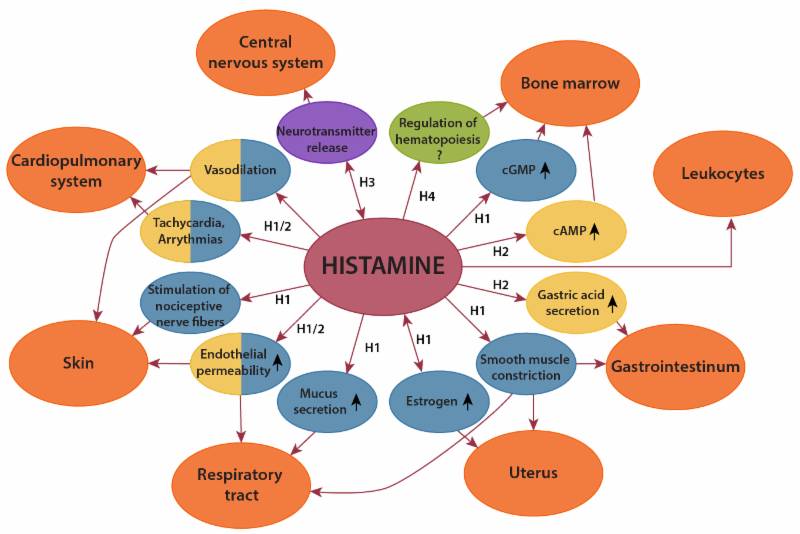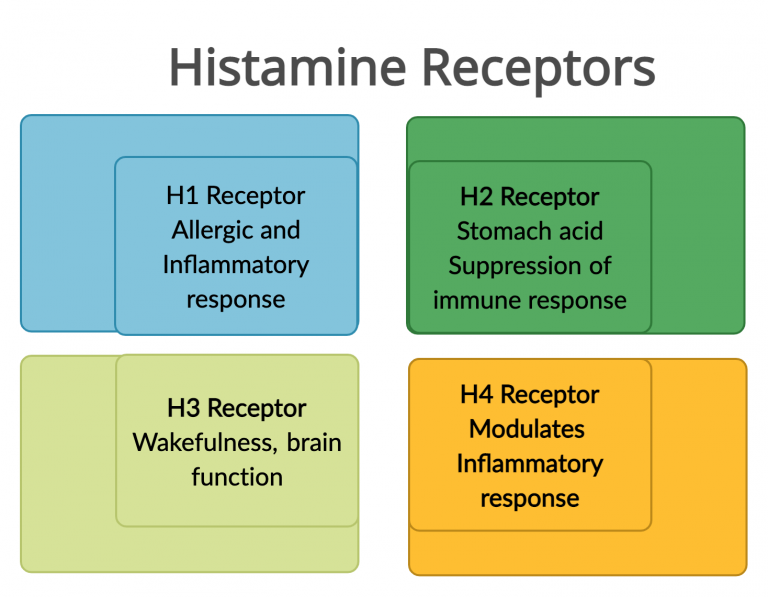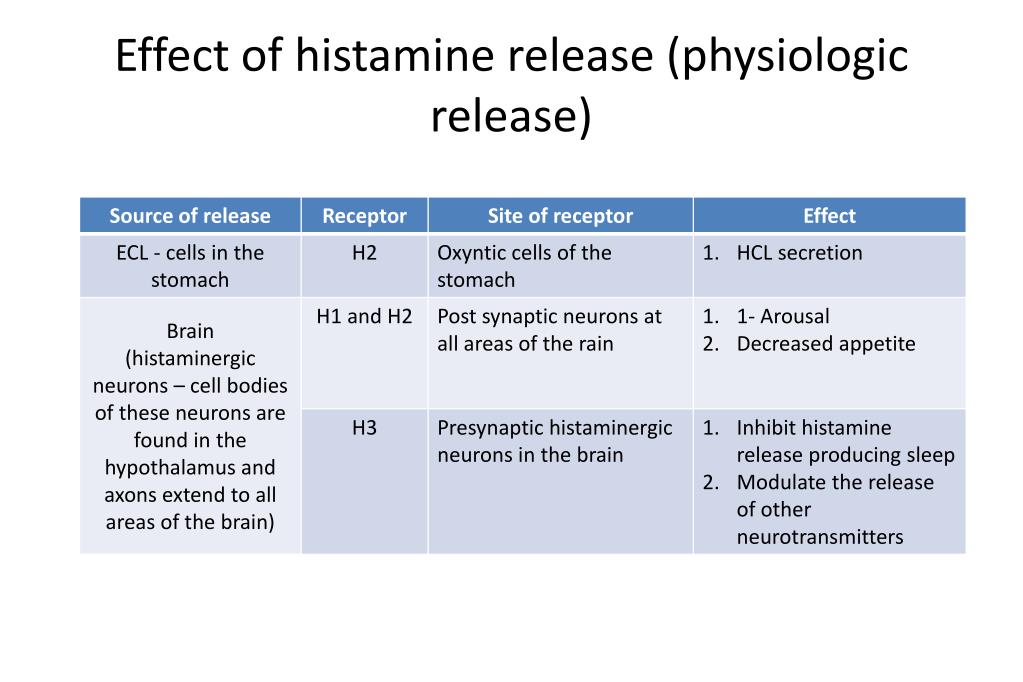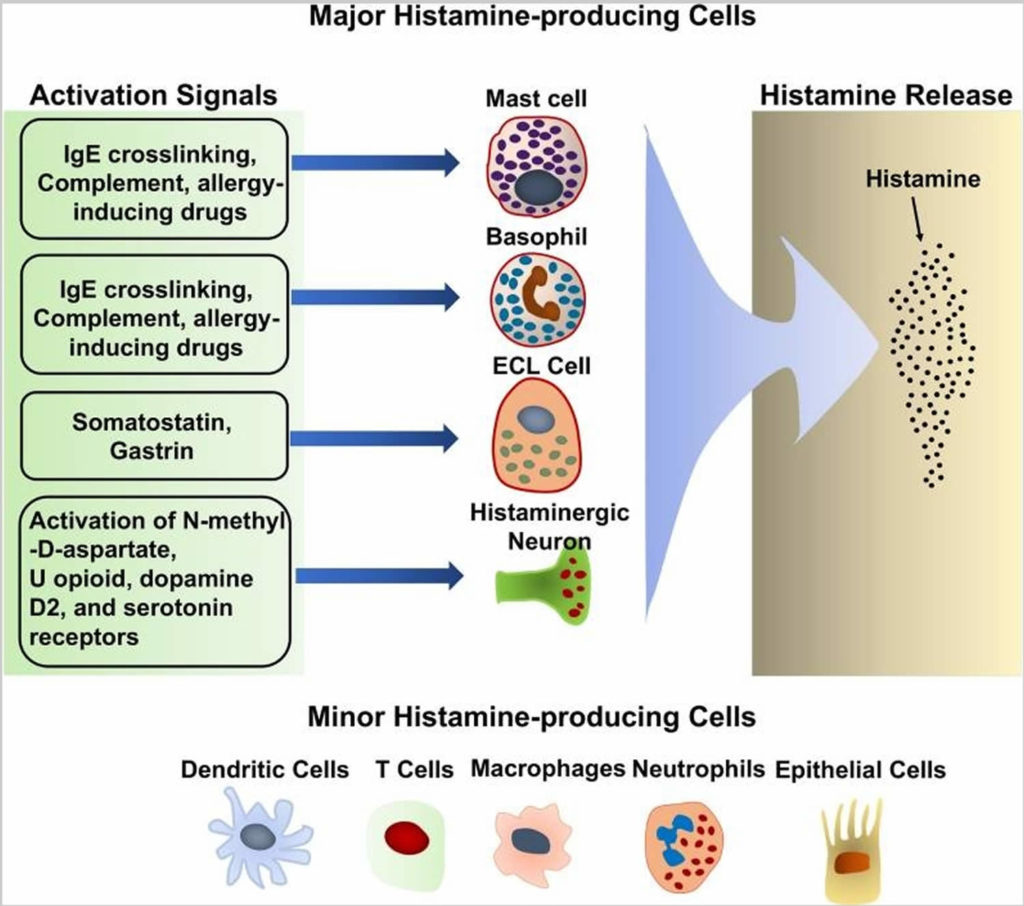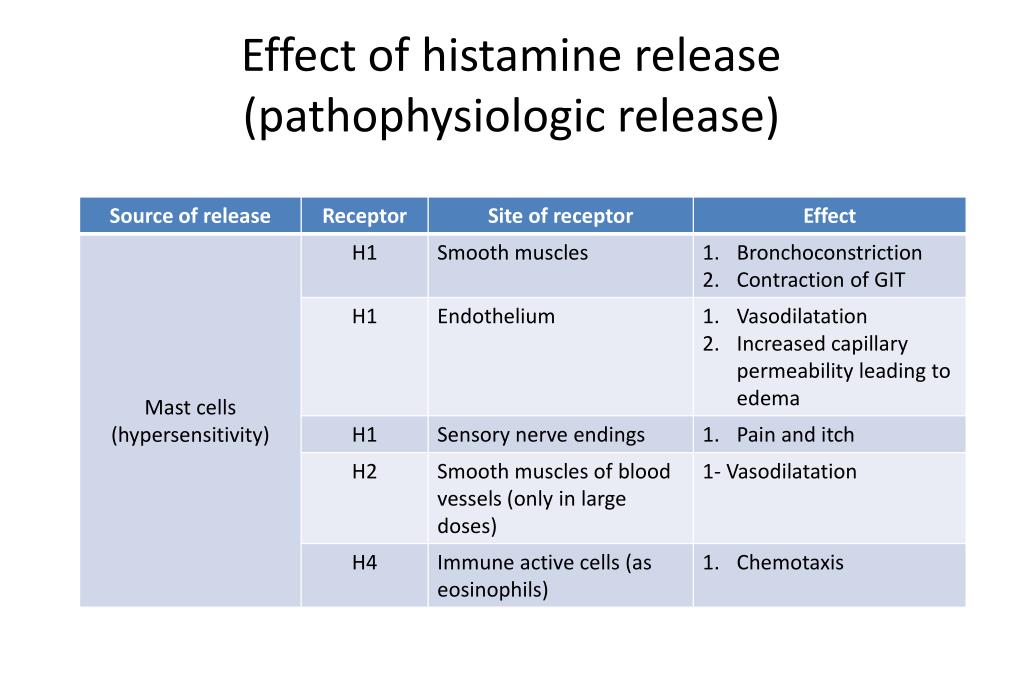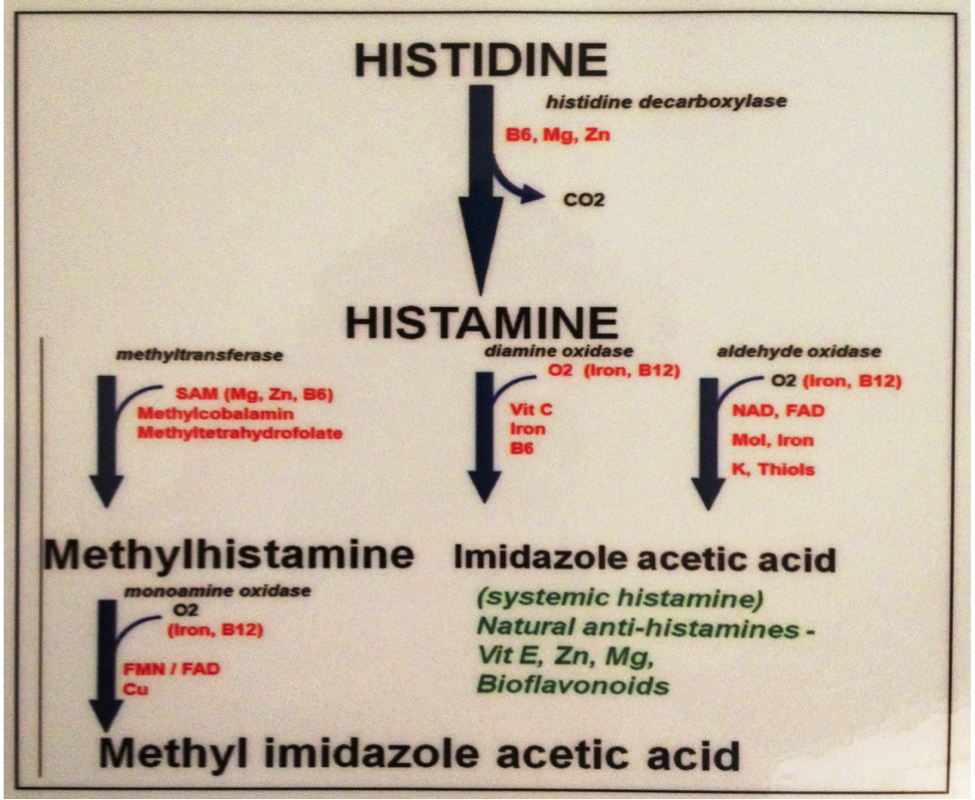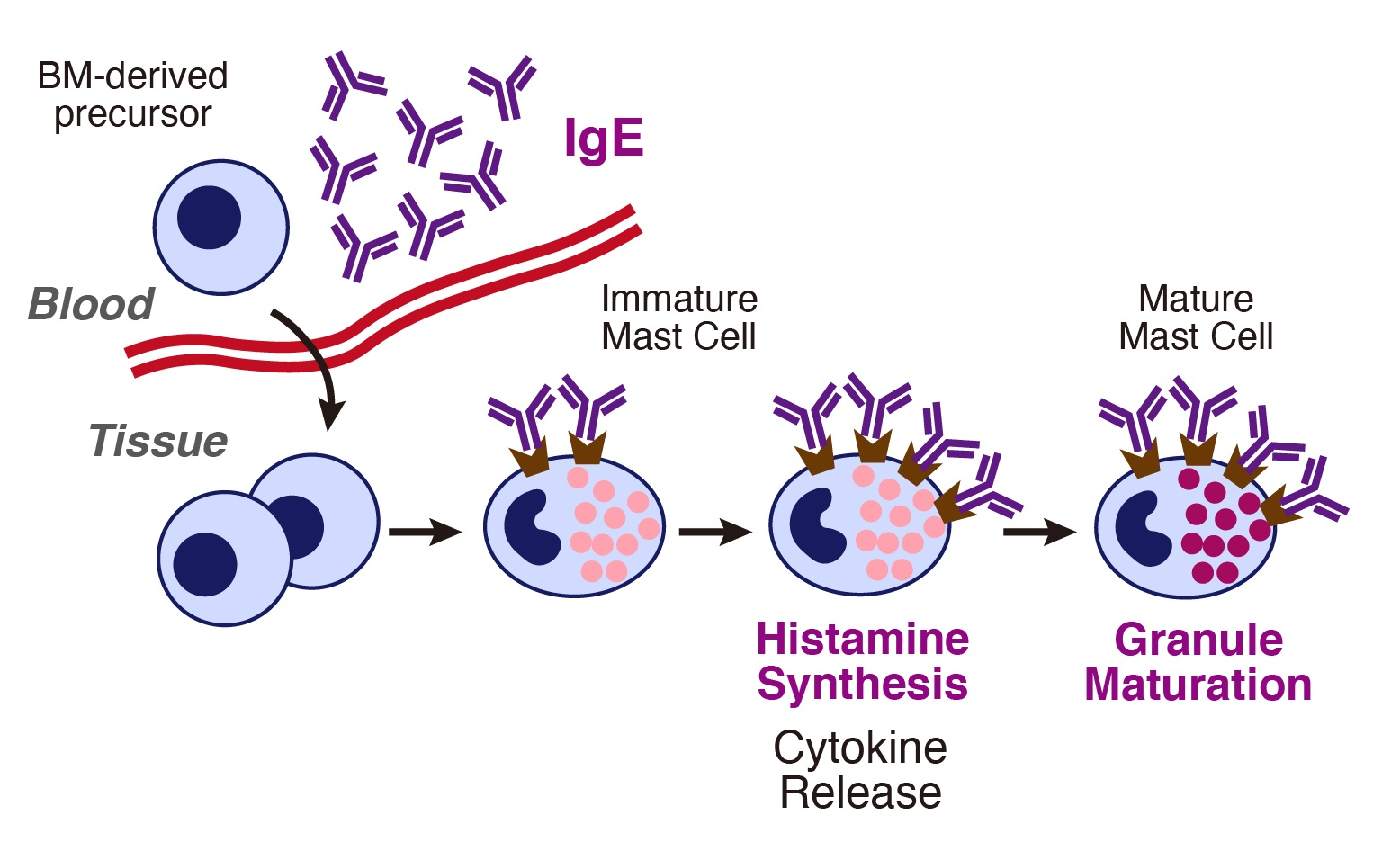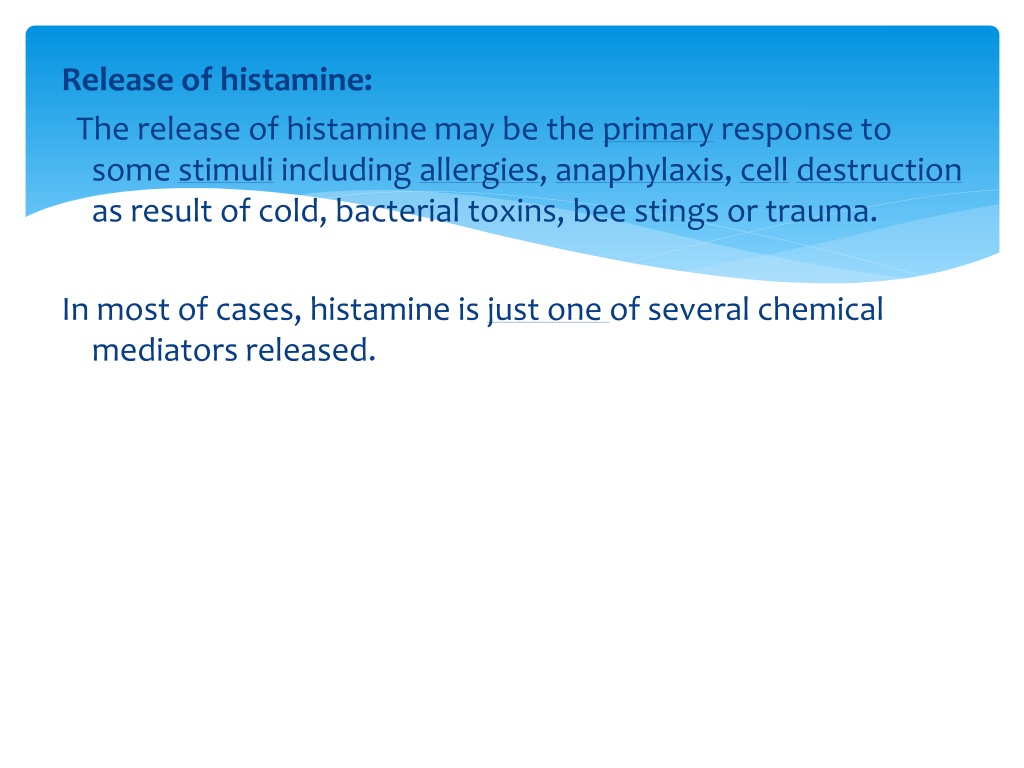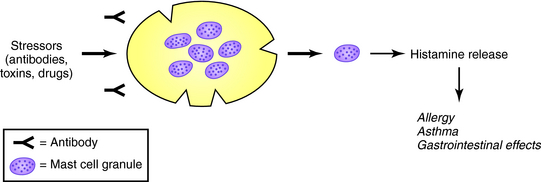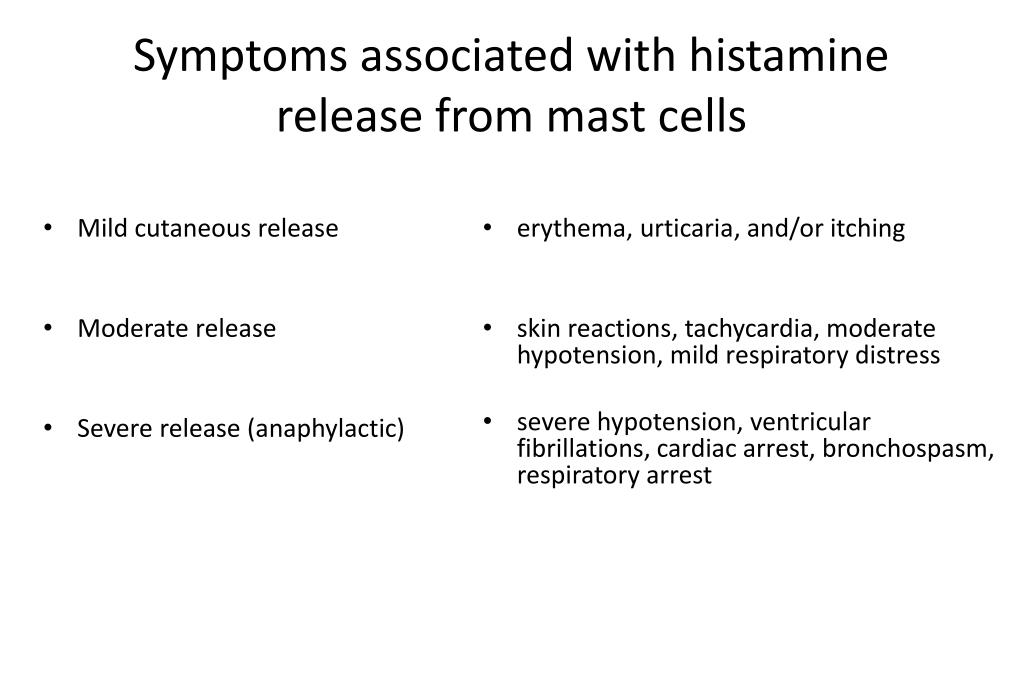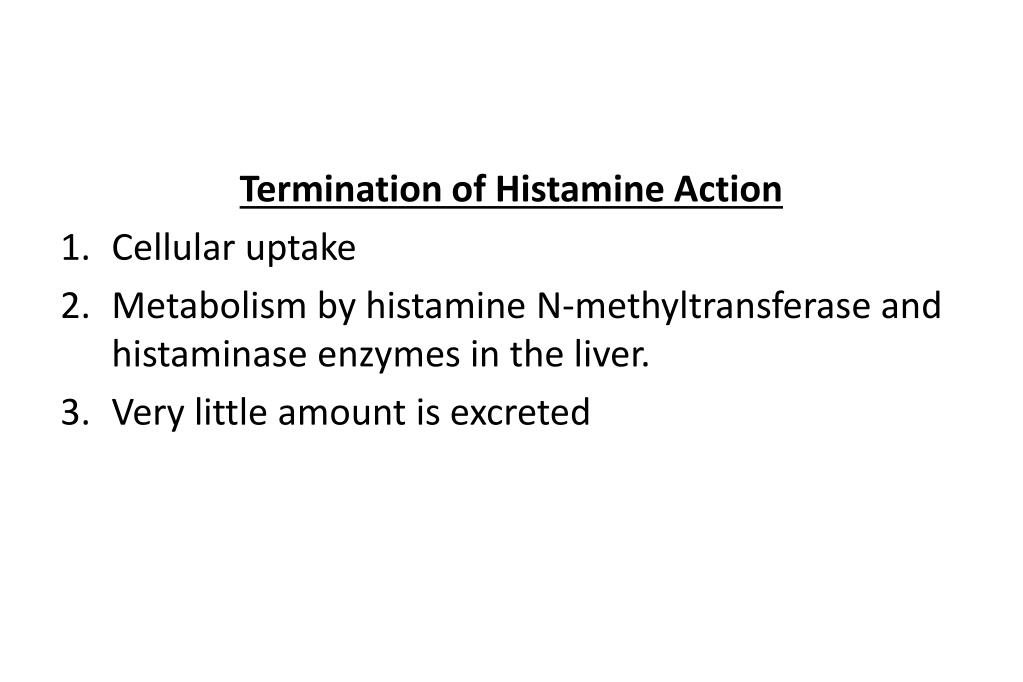Which Of The Following Can Release Histamines
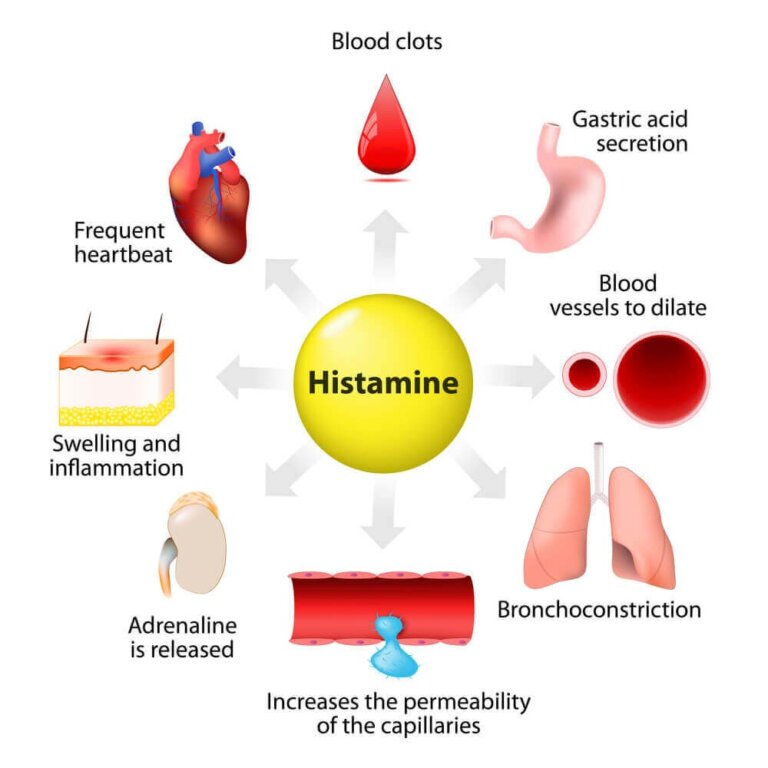
Histamines, compounds involved in local immune responses and physiological functions, can be released by various stimuli, influencing conditions from allergies to digestive health. Understanding the triggers for histamine release is crucial for managing related health issues. This article will explore the common substances and conditions capable of triggering histamine release in the body.
Histamine is a naturally occurring amine involved in various bodily functions, including immune response, gastric acid secretion, and neurotransmission. It's stored primarily in mast cells and basophils, which are types of white blood cells. When these cells are triggered, they release histamine into the surrounding tissues and blood, leading to a cascade of physiological effects.
Triggers for Histamine Release
Allergens
Perhaps the most well-known trigger for histamine release is exposure to allergens. These can include pollen, pet dander, dust mites, and certain foods. When an allergen binds to IgE antibodies on the surface of mast cells and basophils, it causes them to degranulate and release histamine, leading to allergic symptoms.
The severity of the reaction can vary widely from mild skin irritation to life-threatening anaphylaxis. Common allergic reactions include hives, itching, runny nose, and swelling.
Certain Foods
While all foods do not directly cause mast cells to degranulate, some foods are high in histamine or contain compounds that can trigger its release. These are sometimes referred to as histamine liberators.
Examples include aged cheeses, fermented foods (sauerkraut, yogurt), processed meats, alcohol (especially red wine and beer), shellfish, and certain fruits and vegetables like tomatoes, spinach, and avocados. These foods don't inherently cause allergic reactions, but can exacerbate symptoms in individuals sensitive to histamine.
Medications
Several medications are known to induce histamine release as a side effect. These include certain pain relievers (such as opioids and NSAIDs like ibuprofen and aspirin), some antibiotics (like vancomycin), and muscle relaxants.
These medications can directly stimulate mast cell degranulation, leading to symptoms similar to allergic reactions. Individuals with a history of histamine intolerance or mast cell activation syndrome may be particularly susceptible.
Physical Factors
Physical stimuli like heat, cold, pressure, and sunlight can also trigger histamine release. For instance, hives caused by cold exposure (cold urticaria) involve mast cell degranulation due to cold temperatures.
Similarly, pressure urticaria can result from sustained pressure on the skin, leading to histamine release and localized swelling. Sun exposure can induce histamine release in individuals with solar urticaria, causing itchy, red welts.
Venom and Toxins
Insect stings, spider bites, and exposure to certain toxins can also trigger histamine release. The venom or toxin acts as an irritant, causing mast cells to degranulate as part of the body's defense mechanism.
This release of histamine contributes to the local inflammation, pain, and swelling associated with these encounters. In severe cases, a systemic histamine release can lead to anaphylaxis.
Stress and Exercise
Both physical and emotional stress have been linked to histamine release. High levels of stress hormones, like cortisol, can affect immune cell function, potentially leading to mast cell activation.
Similarly, strenuous exercise can induce histamine release in some individuals, possibly due to the body's physiological response to increased metabolic demands and inflammation.
Medical Conditions
Certain underlying medical conditions can predispose individuals to increased histamine release or impaired histamine metabolism. Mast cell activation syndrome (MCAS), for example, involves excessive mast cell activation and histamine release in response to various triggers.
Other conditions like histamine intolerance, where the body has difficulty breaking down histamine, can also lead to a buildup of histamine and related symptoms.
Implications and Management
Understanding the factors that can trigger histamine release is essential for managing conditions like allergies, histamine intolerance, and MCAS. Individuals who suspect they are sensitive to histamine may benefit from keeping a food diary to identify specific triggers.
Dietary modifications, such as avoiding high-histamine foods and histamine liberators, can help reduce symptoms. Antihistamines, which block the action of histamine, are commonly used to relieve allergic symptoms.
In more severe cases, medications that stabilize mast cells, preventing them from releasing histamine, may be prescribed. It is crucial to consult with a healthcare professional for proper diagnosis and management.
Further research is ongoing to better understand the complex mechanisms of histamine release and develop more targeted therapies. By identifying and addressing the underlying causes of histamine release, individuals can improve their quality of life and manage associated health issues more effectively.
"Knowing what triggers histamine release can empower individuals to take proactive steps in managing their health," emphasizes Dr. Anya Sharma, an allergist at the National Allergy Institute.
In conclusion, a variety of factors, including allergens, certain foods, medications, physical factors, venom, stress, exercise, and underlying medical conditions, can trigger histamine release. Recognizing these triggers and implementing appropriate management strategies can significantly improve the well-being of individuals susceptible to histamine-related conditions.


